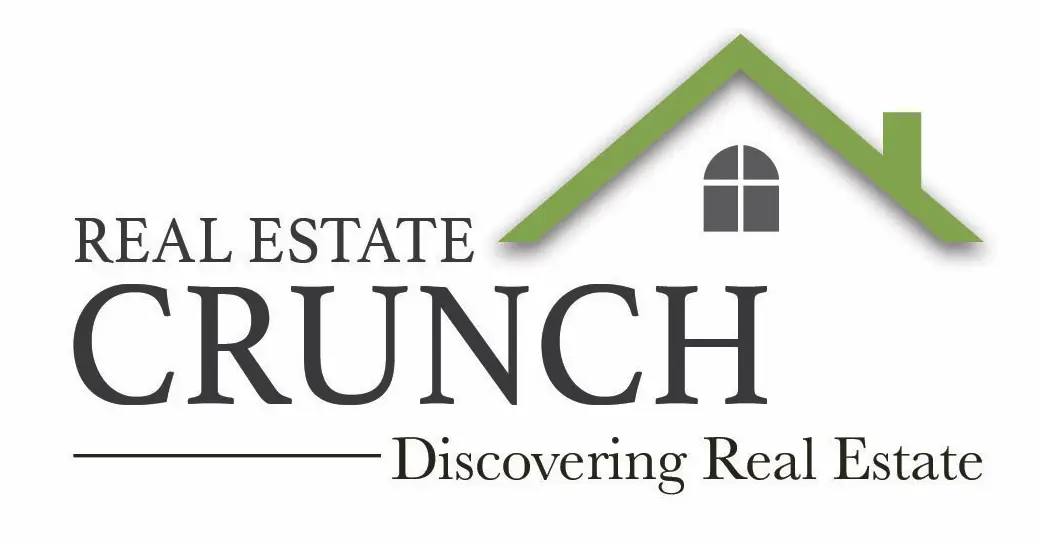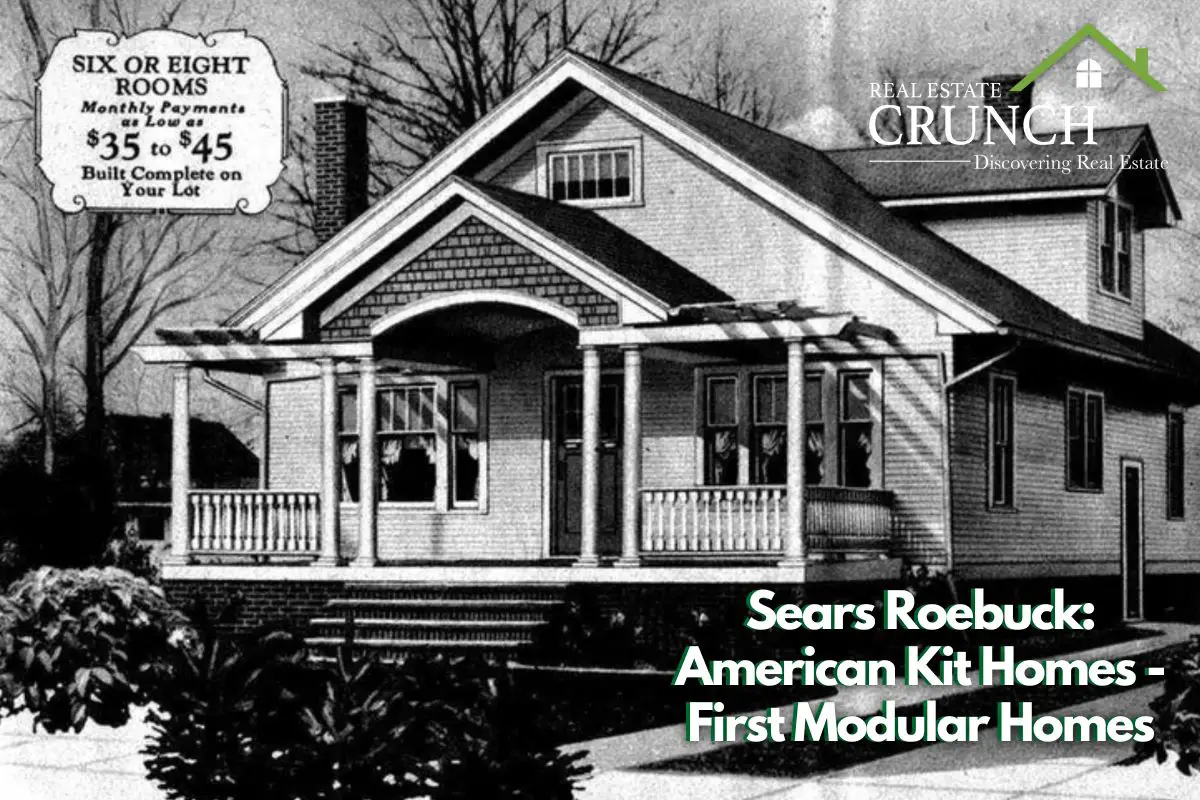When we consider the modular housing concept today, it might seem like a modern innovation. Still, this approach to housing has a rich history spanning over a century.
One of the most iconic examples of early modular homes comes from the Sears Roebuck catalog, which offered kit homes from 1908 to 1940. These homes were a testament to the innovative thinking of the time and marked the beginning of a significant shift in how homes were constructed and delivered to Americans nationwide.
Table of Contents
Sears Roebuck: Pioneering American Kit Homes The First Modular Homes
Sears Roebuck, once America’s premier retailer, unexpectedly entered the home construction industry with its kit homes, sold through the Sears Modern Homes catalog.
My connection to this era became apparent while clearing out my parents’ house, where I stumbled upon a baby dresser from Sears Roebuck, a souvenir from when my father was born. This discovery underscored Sears’s vast array of products for the American home, from furniture to clothing, and, notably, their foray into modular housing.
The concept was straightforward yet revolutionary: select a home from the Sears catalog and receive all the materials and plans necessary for construction delivered straight to your doorstep.
This initiative made Sears and Roebuck one of the first major companies to enter the modular home industry, selling over 70,000 homes across North America. That’s an average of over 2,000 homes per year or 182 homes per month, with many home kits to produce and ship over this period.
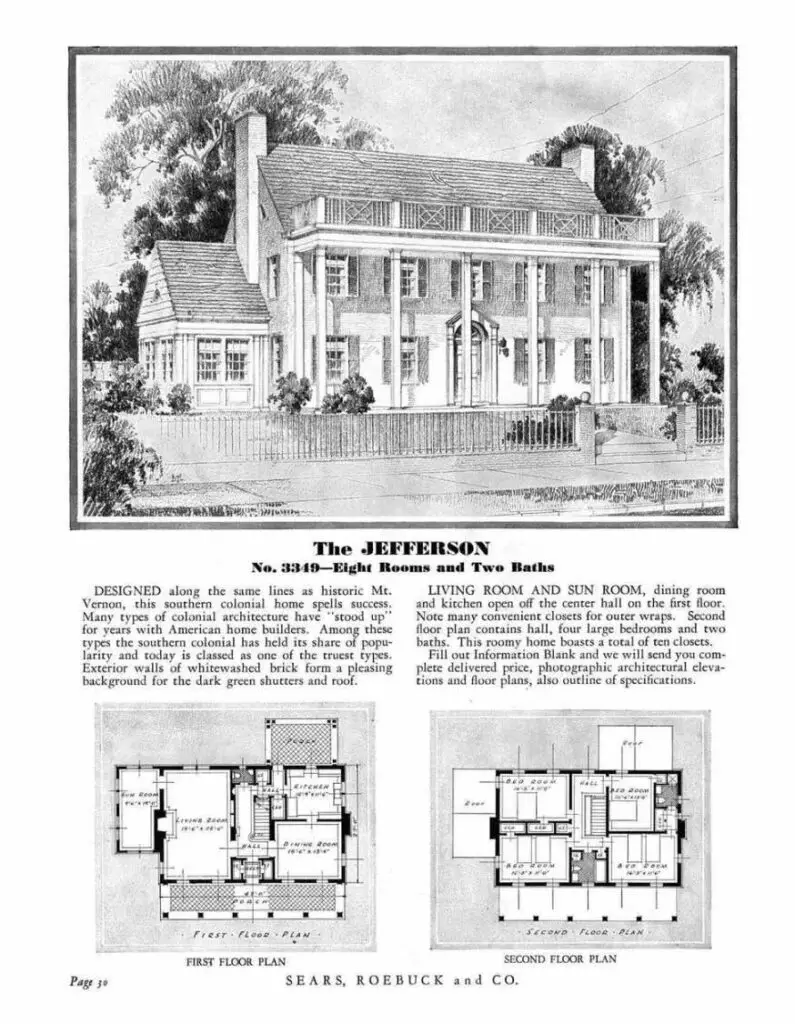
Diverse Designs And Lasting Legacy
Sears and Roebuck’s catalog boasted over 370 home designs in various architectural styles. This variety catered to Americans’ diverse tastes and contributed to the popularity of Sears homes, many of which are still sought after today. These homes were more than just structures; they were well-designed living spaces many Americans aspired to own.
Widespread Distribution Across North America
The reach of Sears homes was extensive, with kits sold from the East Coast to the Midwest and as far-flung as Florida, California, Alaska, and even Canada. The exact locations of all the Sears homes remain partially unknown due to the company not maintaining records of home placements.
However, enthusiasts and researchers are diligently compiling databases to track these historical structures, underscoring the enduring interest in Sears kit homes.
Comprehensive Kits For Home Construction
The Sears kits were remarkably comprehensive, including the materials needed to build a home. They also offered modern conveniences such as central heating, indoor plumbing, telephones, and electricity—not universally available in the early 20th century.
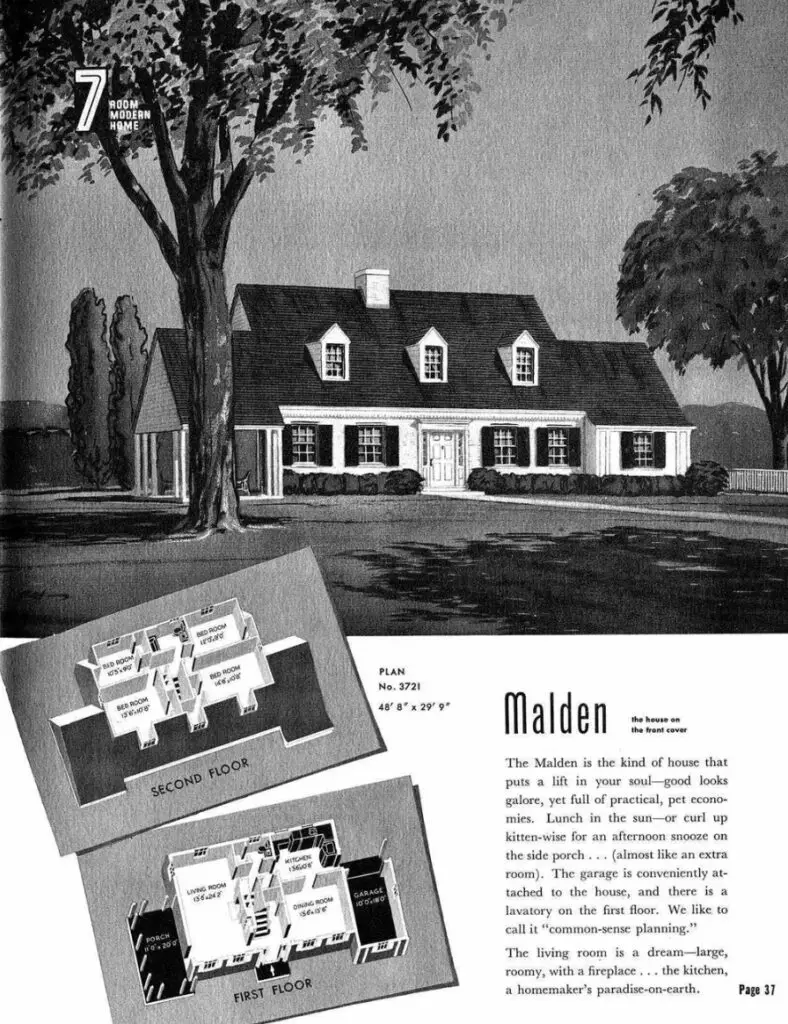
This made Sears homes particularly appealing, especially for those living in rural areas. Furthermore, Sears introduced the concept of pre-cut lumber, streamlining the construction process and laying the groundwork for modern practices in homebuilding.
Delivery And Assembly: Innovation In Logistics
Initially, Sears homes were delivered via railcar, leveraging the extensive railroad network for efficient distribution. This delivery method was a practical solution, given the limited road infrastructure.
In certain areas, Sears also offered delivery by truck, demonstrating an early understanding of logistics and customer service. Once delivered, these homes were assembled by the homeowners themselves, their communities, or with the assistance of local carpenters, often turning the construction process into a communal effort.
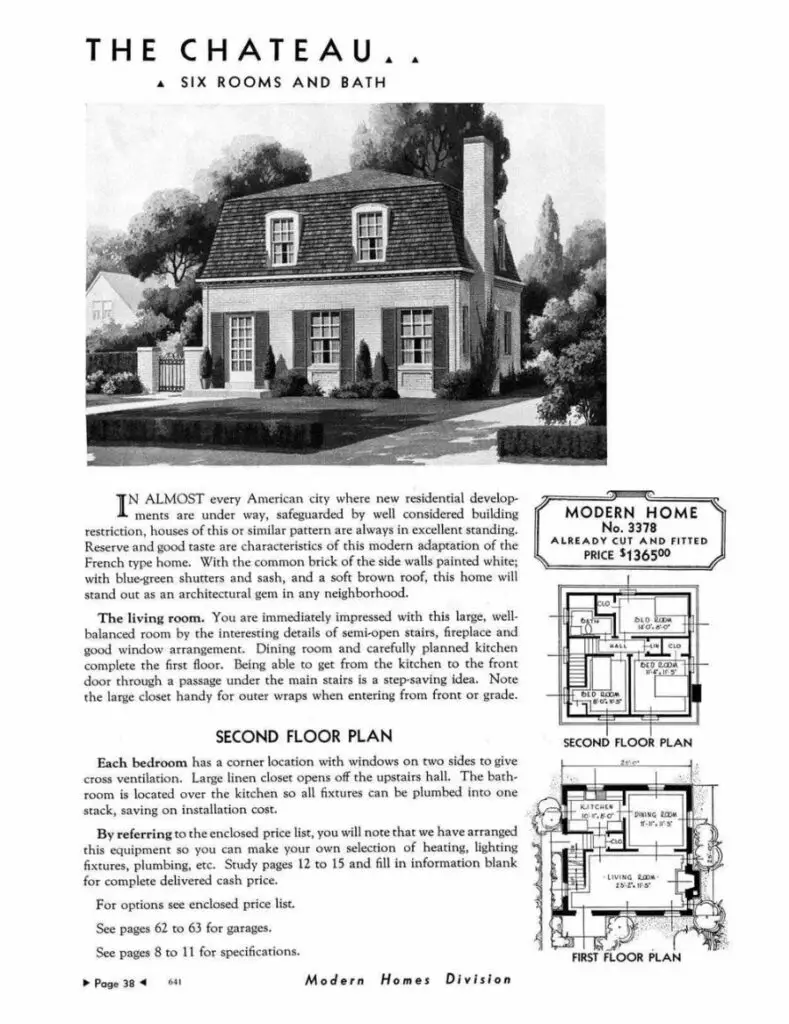
Financing The American Dream
Sears further facilitated homeownership by offering financing options starting in 1912. These early versions of mortgage loans made it possible for many Americans to own a home. However, the Great Depression saw many defaults on these loans, leading Sears to cease offering mortgages in 1933, a decision that had significant repercussions for the company’s relationship with its customers.
The legacy of Sears Roebuck’s kit homes lies not just in their architectural diversity or innovative delivery and assembly methods but in the vision of making homeownership accessible and achievable.
The foresight to produce factory-made, reasonably priced homes that offered style, functionality, and the conveniences of modern living was groundbreaking. Today, these homes are not only cherished for their historical value but also for their contribution to the evolution of homebuilding.
As we reflect on the impact of Sears Roebuck’s kit homes, it’s clear that modular construction principles—efficiency, affordability, and accessibility—remain as relevant today as they were a century ago.
For those lucky enough to own a Sears Roebuck home, it’s a connection to a pioneering chapter in American housing that laid the groundwork for the ongoing evolution of modular construction and its role in shaping the future of residential architecture.
Real Estate Crunch gives you real property and real estate information and advice. We offer a free monthly newsletter; you can sign up for our newsletter by clicking here.
We also have a weekly podcast called “Real Estate Crunch,” found on all major podcast platforms. Listen to our podcast by clicking here.
Follow us on our social media platforms – Facebook and Instagram.
Related Question
Boxabl Modular Housing, Our Thoughts
Boxabl is a new housing concept that has entered every competitive housing market. Almost everyone I have spoken to has seen or heard about the Boxabl house unfolding on site.
By clicking here, you can read more about Boxabl Modular Housing, Our Thoughts
Prefabricated Housing Trends
As affordable housing continues to be a massive problem in the United States and worldwide, we predict that prefabricated housing will become more critical in the years to come.
By clicking here, you can read more about Pre-Fabricated Housing Trends
Do Modular Homes Come With Electrical And Plumbing?
When you purchase a modular home, all the electrical and plumbing should be included in the cost of the home. The modular home will need to be up to the NEC code or standards for electrical. You must understand the quality and types of pipes and other fittings in the modular home and the manufacturer’s plumbing quality.
By clicking here, you can read more about Do Modular Homes Come With Electrical And Plumbing?
